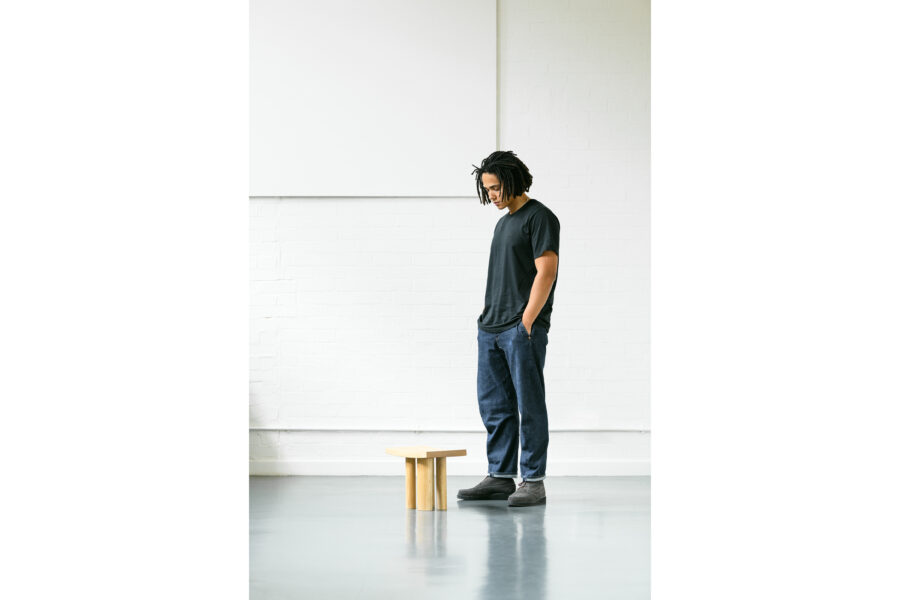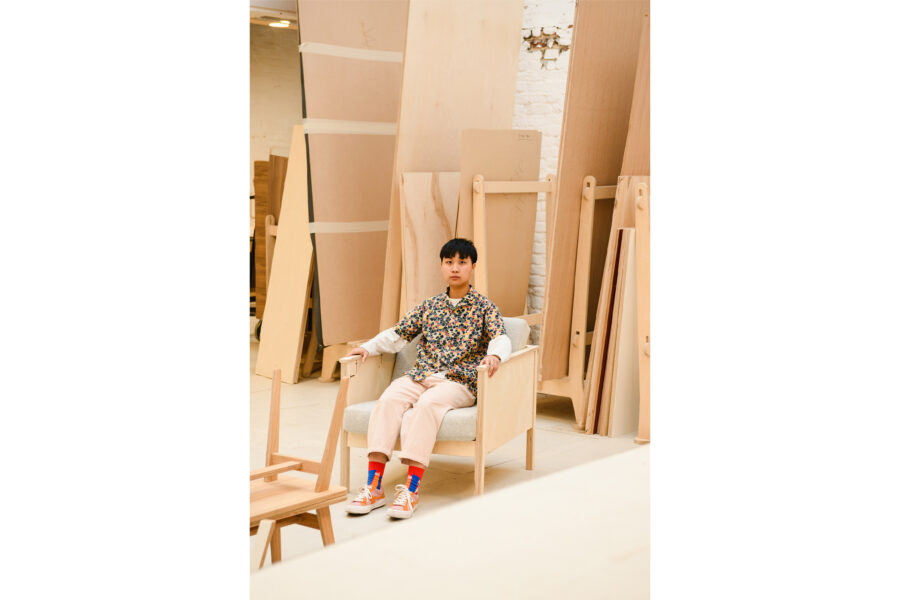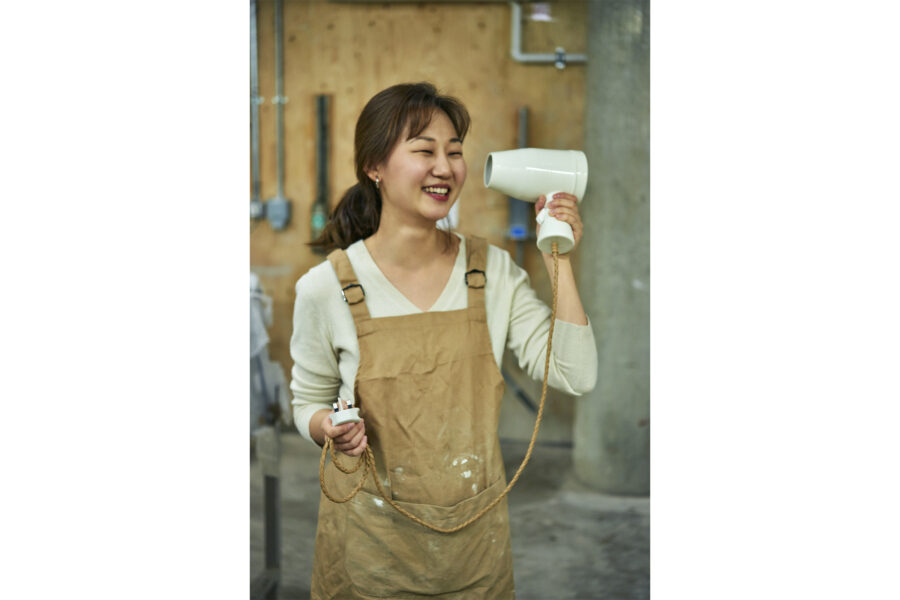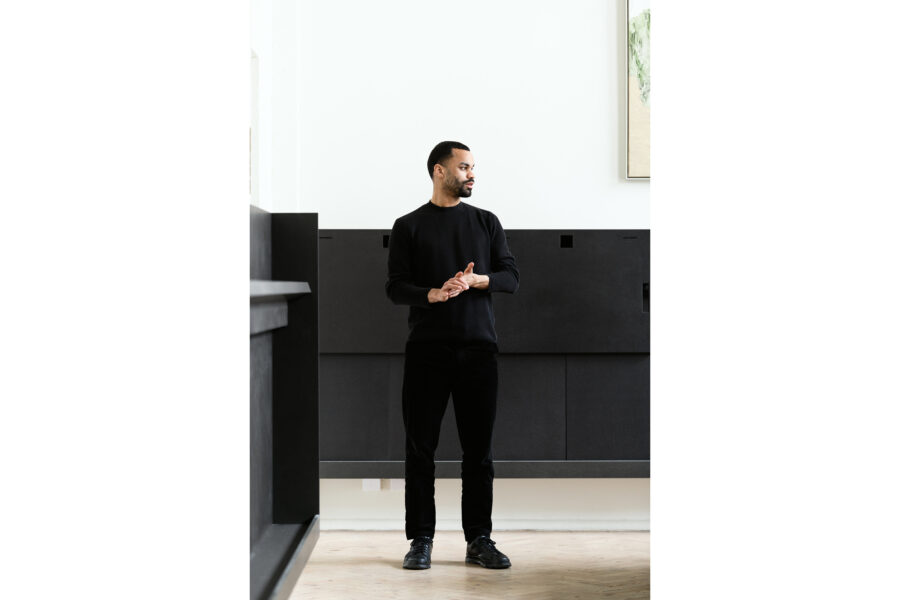Better by Design: five names shaking up the design industry

Over the last few weeks, we’ve been sharing some select stories from Issue No. 1 of The Modern House Magazine. With the second issue hitting our online shop next month, we’ve got one more story from our inaugural publication to share with you. This time it’s from the Better by Design series, which profiles initiatives and projects using design to make a positive difference.
Here, Debika Ray looks at a new initiative that has launched with a mission to create a more inclusive and diverse future for the design world. We meet five young names in its community to find out about their work, inspiration and how they’d like to reshape the creative industries.
Mac Collins
Design Can was launched in 2019 by PR firm Zetteler alongside a committee of leading industry figures with their mission to make the frustratingly monocultural creative industries more inclusive and diverse. The campaign calls upon designers, curators, editors, writers, film-makers and event organisers to confront prejudice and eliminate discrimination, pointing to the self-defeating notion of a creative industry that fails to reflect the population it serves. Alongside its manifesto is a digital platform that shares relevant articles, trailblazers to follow and events to attend, shining a light on people and projects worth championing – here are five of them.
Mac Collins makes furniture and objects that evoke strong emotional reactions. His throne-like Iklwa chair uses powerful shapes and intense colours to empower the sitter – a combative response, he says, to the sense of powerlessness that people must have felt during the transatlantic slave trade.
Collins, based between London, Newcastle and Nottingham, draws on his African and Caribbean heritage, Afrofuturist movements and the music and stories of his family in order to inspire others to similarly explore their own cultural history. “I’m trying to find a position within the industry where I can discuss personal narratives and create expressive pieces, but also design furniture that can be produced in batch,” he says.
Collins is also on the steering committee of Design Can, offering insights from his experience as an early career designer of mixed heritage. Such initiatives, he says, succeed by providing a platform for a diverse range of work and showing young people that the creative sector is open to them. “Underrepresentation starts with the belief that certain industries are not accessible, through a lack of relatable, visible idols,” he says.
Natalie Yung
Natalie Yung draws on her experience of growing up in Hong Kong and the UK when designing her brightly coloured products, furniture and graphic artworks. She sees the very aesthetic of her work as a statement about diversity: “Minimalism has been on trend for so long that craft and design that represent cultures have been neglected,” she says. “It is so easy to design products that fit trends – the challenge is to design for what feels close to your heart.”
Since she graduated from Kingston School of Art, Yung has been shortlisted for awards and has exhibited widely. In gaining visibility, the support of friends was crucial and it’s this kind of help she believes initiatives such as Design Can can provide on a more formalised basis. “I feel like there is a lack of mentorship around design – there were definitely moments when I thought I couldn’t do it,” she says.
“If I had people showing me that being a furniture maker and designer was possible, I would have grown much more.”
Kangan Arora
Kangan Arora balances her work as a lecturer in textile and jewellery design at Central Saint Martins with collaborations with the likes of Ikea. The prints she developed for the Swedish super-retailer made it onto ceramics, rugs, cushions and glassware, catapulting her designs into the global consciousness. “It was a dream project,” she says. “The truth is that it’s hugely validating when a big company like Ikea commissions you.”
Arora names designers such as Samiro Yunoki and Hella Jongerius and artists Bridget Riley and Yaacov Agam as influences. She is also inspired by the visual culture and traditional making techniques of India, where she grew up. “In the Indian subcontinent, design is ever-present but not encoded in a formal design network or industry,” she says. “There exists a traditional idea of ornamentation, pattern and decoration that is applied almost to everything.”
In her role at CSM, she’s conscious that the diverse mix of students isn’t reflected in the industry at large. “We’re bringing in speakers from more diverse backgrounds, sharing more points of views, as design has been taught for so long from a western point of view.” She credits Design Can with creating space for difficult conversations about the industry. “To actually do the hard work and put it in a 10-point manifesto that’s not preachy but starts a constructive discussion – that’s very powerful.”
Eunhye Ko
South Korea-born Eunhye Ko studied traditional crafts such as weaving, throwing and lacquer during her undergraduate degree, which inspired a lifelong curiosity about materials and led her to enrol on a Material Futures Masters degree at Central Saint Martins in London. Her graduate project brought together craft and technology to envisage a more sustainable future. “By replacing plastics in household electronics with traditional materials, I aimed to defamiliarise our perceptions of electronics, proposing a poetic alternative to the e-waste crisis we’ve created for ourselves,” says Ko.
Design Can featured the project on its website last year and led Ko to contemplate similarities between the campaign and her degree. “The Materials Futures course aims to imagine a better future, which is similar to Design Can’s manifesto,” she says. “It’s amazing to see such initiatives asking how design can be a source of world-changing ideas.”
Equally, its ethos chimes with her personal interests. “The campaign says it wants to listen to what has been overlooked, and I relate to that as a craftswoman. I think people are returning to considering quality over quantity. I hope my work can inspire people to think of our relationship with physical matter, and that the next generation of designers recognise that we have to be more aware of that.”
Photograph by Tom Mannion
New Architecture Writers and Thomas Aquilina
New Architecture Writers (N.A.W.) is a teaching and mentoring programme for emerging black and minority ethnic design writers, with many of the same aims as Design Can – among them, to create a more inclusive, visible network of support and camaraderie in an industry that thrives on personal connections. Launched in 2017, it draws on the wisdom of advisers and contributors such as architect, academic and writer Lesley Lokko, architect Farshid Moussavi and Icon editor Priya Khanchandani.
One of the latest additions to its tutorial team is Thomas Aquilina, an architectural designer and researcher at Adjaye Associates. “It is exciting that N.A.W. could be a part of the next generation of culture-makers,” he says: “At its core, N.A.W. is about creating visibility in a field where people of colour seem to be invisible. After all, you can’t be what you can’t see.”
As a teacher on the programme, he is conscious of the danger of creating a network that becomes as exclusionary and exclusive as any other. Ultimately, then, the goal of such initiatives has to be about creating wider structural change. “The hope is that diversity becomes the new normal and isn’t seen as something exceptional. Let’s see how things are in five years’ time.”

























